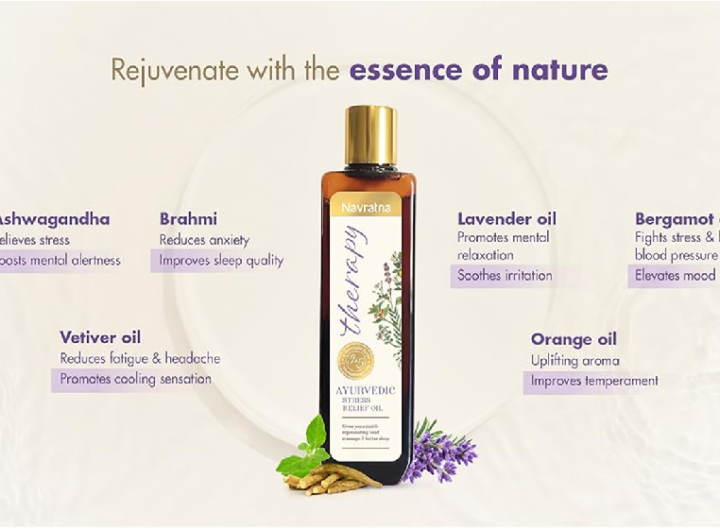
Various factors can be the cause of dehydration of the skin, such as cold, wind, UV rays, tobacco, alcohol, stress, medications and even certain makeups that are too aggressive. Contrary to popular belief, whatever your skin type (dry, combination, oily), it can be dehydrating and cause facial discomfort. However, our epidermis has an essential function: it acts as a skin barrier, allowing us to resist external aggressions. It therefore seems important to hydrate it from the inside out to protect itself.
How do I know if my skin is dry?
For many people, dehydrated skin means dry skin. However, oily skin can feel the inconvenience of dehydrated skin in the same way as combination skin. But how do you tell the difference between dry skin and dehydrated skin?
Skin dehydration is a temporary and transient condition that causes discomfort, tightness, visible lines and a dull complexion. Thirsty and dehydrated skin. It can aggravate skin problems like acne and accelerate skin aging, but it can be easily treated with proper body care and plenty of water. Conversely, dry skin is a makeup condition that will stay the same throughout your life: thin skin, inconspicuous pores, and low sebaceous gland production. It causes dry, flaky patches and increased lipid needs. Therefore, dehydrated skin and dry skin have different needs and therefore different treatments.
How do certain foods nourish our skin and give it a second life?
Oily fish, champion of skin hydration
As the end of year celebrations approach, the skin is often dehydrated. Luckily, some fatty foods can deeply nourish the epidermis: “Fish rich in fat like mackerel, sardines, herring, salmon, and even canned tuna are ideal for hydrating your skin. They are an excellent source of Omega 3, Omega 3 is an essential high quality fat for the human body. So, to take advantage of these benefits, eat two servings of fish a week, including one serving of oily fish.
Many colorful fruits and vegetables
Fruits and vegetables are very important in the suppleness of the skin: Vitamin A is found in certain colored fruits and vegetables, such as melons, mangoes, carrots, tomatoes or even spinach, transports fats to the epidermis and helps thanks to its good elasticity. It also helps to enhance the color of the skin, so carrots have a healthy glow effect. But that’s not the only benefit of fruits and vegetables: “They are powerful antioxidants that help the skin resist the damage it experiences – such as oxidative stress – caused by the sun, pollution, water from sea… “
However, it doesn’t make sense to think of these foods as magic bullets for nourishing your skin: “You have to eat colorful fruits and vegetables every day to reap their benefits and keep your skin young. these good on your skin. Habits. Long-term “. To integrate them, nothing could be simpler: It is advisable to alternate salads of colored raw vegetables (tomatoes, carrots) with fruity desserts. Also be careful not to abuse vitamin A during pregnancy, as it can cause malformations in high doses in the child. A simple question of balance.

 Nurture Your Body Naturally: How Essential Oils Enhance Your Massage Experienced
Nurture Your Body Naturally: How Essential Oils Enhance Your Massage Experienced  Benefits of being a beauty stylist.?
Benefits of being a beauty stylist.?  Radhe Shyam: A Timeless Love Story You Shouldn’t Miss!
Radhe Shyam: A Timeless Love Story You Shouldn’t Miss!  Buy Office Supplies in Bulk: A Smart Way to Save Time and Money
Buy Office Supplies in Bulk: A Smart Way to Save Time and Money  How to Keep Your Flower Bouquet Fresh and Beautiful for Longer
How to Keep Your Flower Bouquet Fresh and Beautiful for Longer